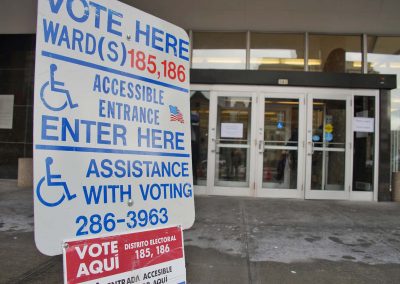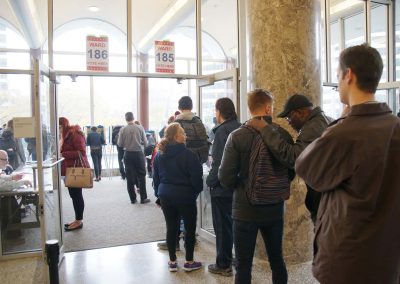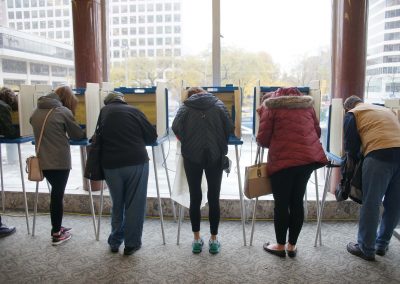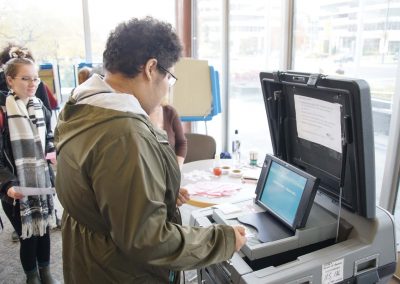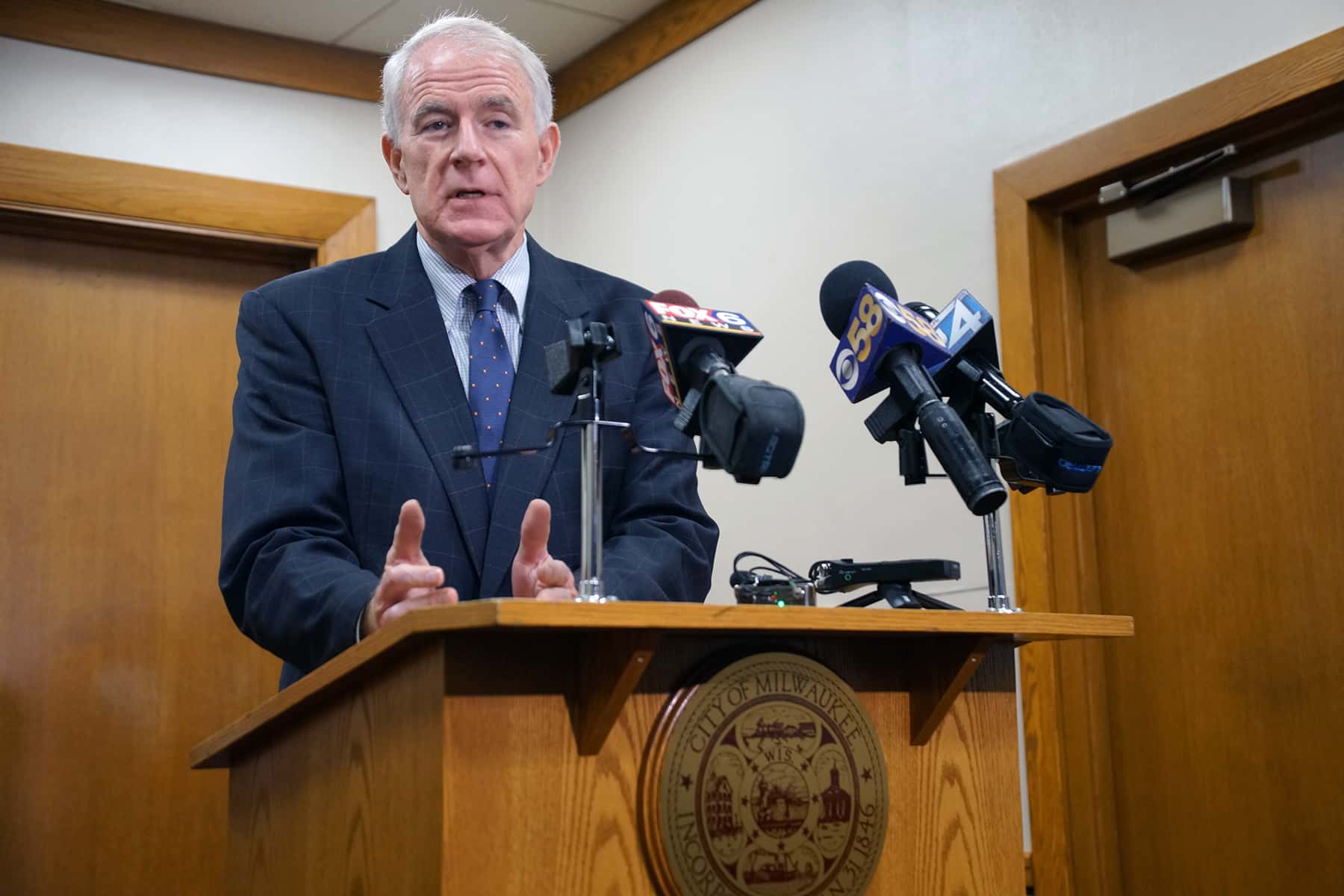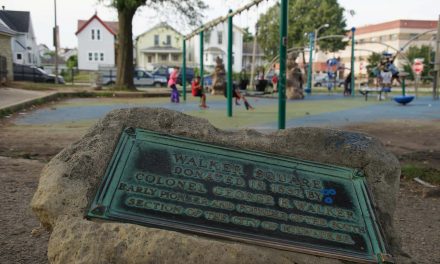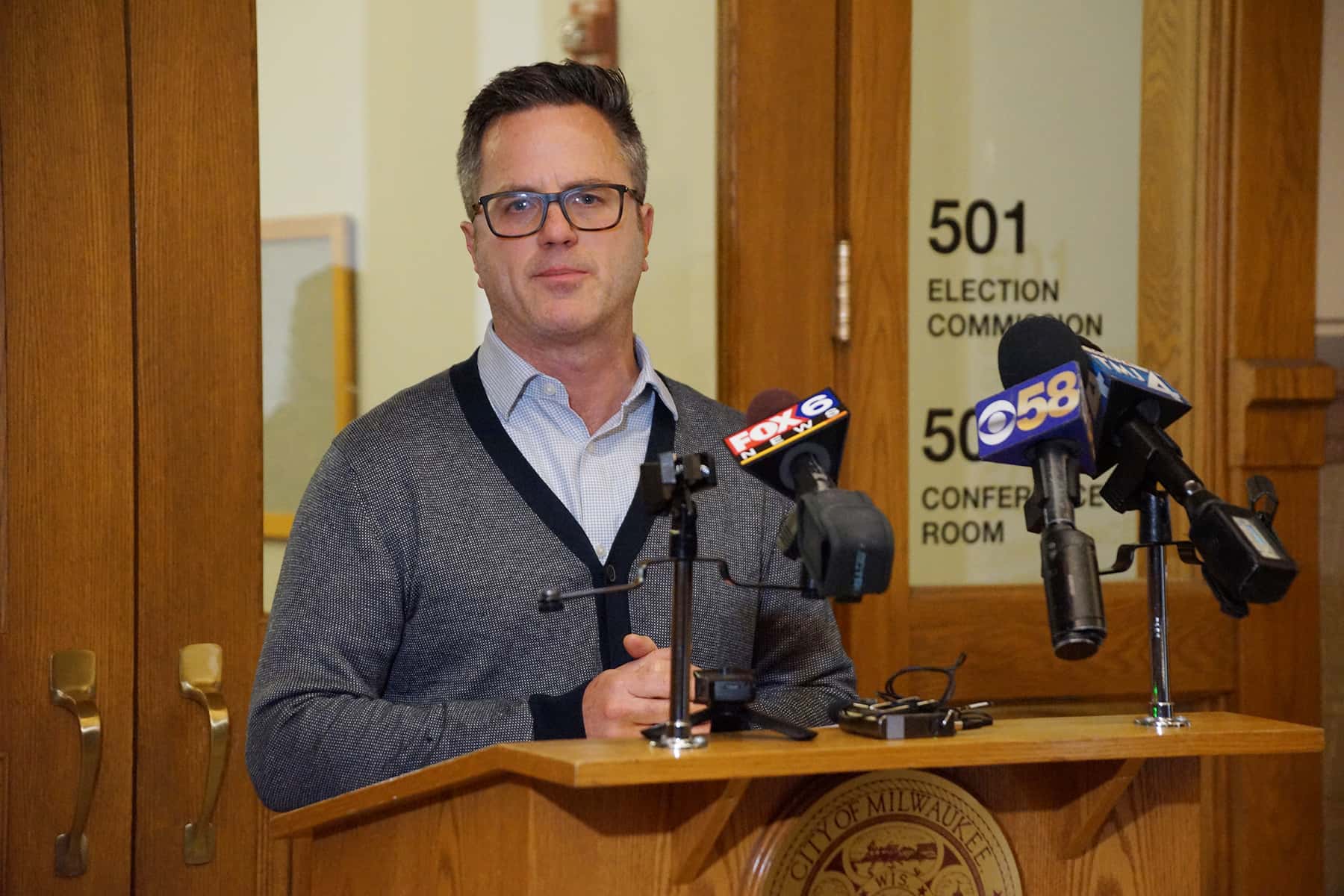
Executive Director of the City of Milwaukee Election Commission, Neil V. Albrecht, and Mayor Tom Barrett explained at a press conference held at City Hall on November 7 that the handling of absentee ballots on election night was routine, even as Governor Scott Walker raised questions about their possible effect on the governor’s race.
Turnout for Wisconsin’s midterm election was the highest on record, reaching more than 57%. Democrat Tony Evers narrowly defeated Republican incumbent Governor Walker, thanks largely to massive turnout in the Democratic strongholds of Dane and Milwaukee counties. Governor Walker also underperformed in key Republican areas like the suburban Milwaukee counties.
After the voting results were submitted, Governor Walker criticized Milwaukee officials for how they processed election night operations and raised the possibility of a recount. But Milwaukee Mayor Tom Barrett defended the city’s Election Commission and celebrated the high voter turnout. Mayor Barrett said that local residents were tired of the Governor’s efforts to isolate the City of Milwaukee and profit at the public’s expense.
“If there’s one lesson that comes out of this election, it’s that the days of running against Milwaukee are probably over. Milwaukee is a benefit to the State of Wisconsin. Residents of this city stood up and said we are part of this state, we contribute a lot to the state economically, and we’re proud of that,” said Mayor Barrett.
Executive Director Albrecht explained that part of the delay with the ballot count came because Wisconsin’s early voting was not truly early voting. It is actually in-person absentee voting. For true early voting, votes are counted when they are cast. In Wisconsin, they are held until the polls open, and then they are processed by hand. For the midterm elections, that meant 47,500 ballots had to be manually fed into reader machines.
“In each election, there are absentee ballots that have to be reconstructed due to voter error or damage to the ballot. Examples of voter errors include marking X’s on ballots or using pencil to mark the ballot. Damage to the ballots can occur during the mail processing of the ballot,” said Albrecht. “With this election, ballots were also damaged during the sealing of the envelope at in-person absentee voting. If adhesive from the envelope transferred onto the ballot, the ballot was reconstructed rather than risk any compromise to the tabulators ability to read all votes on the ballot.”
The process for reconstructing a ballot was entirely transparent, dictated by state law, and was followed by the City of Milwaukee. The process involved two election workers ensuring the voter’s candidate selections were copied from the unreadable or damaged ballot to a new ballot. Observers from all political parties, as well as the public, were present for the reconstruction of all damaged absentee ballots.
“The city estimates that around 2,000 of 47,500 absentee ballots were reconstructed during the processing of absentee ballots,” added Albrecht.
In 2016, the City of Milwaukee, along with a coalition of Wisconsin clerks, advocated to the Legislature for Wisconsin to join other states and offer “true” early voting, where tabulators are used during the early voting process. A change to this process would have expedited the release of election night results, and significantly reduced the volume of ballots that had to be reconstructed.
© Photo
Lee Matz

